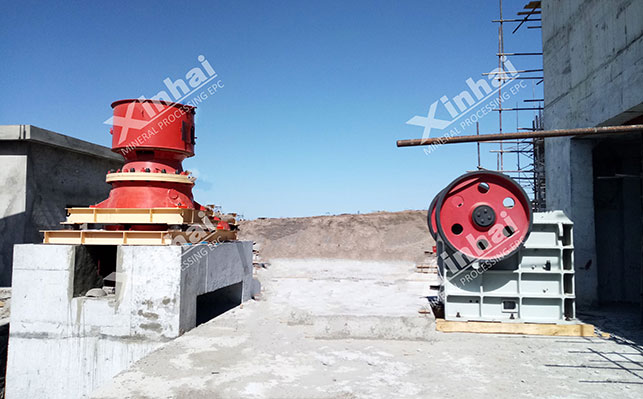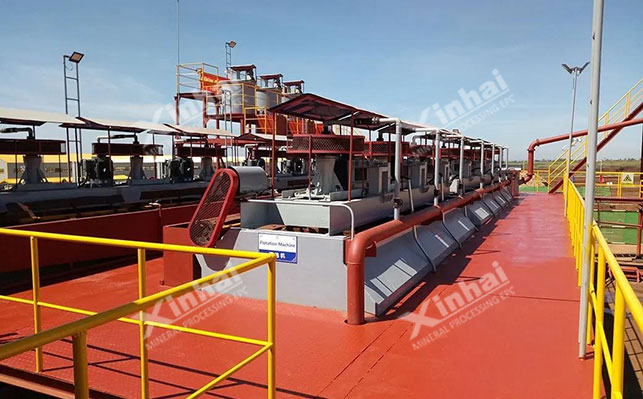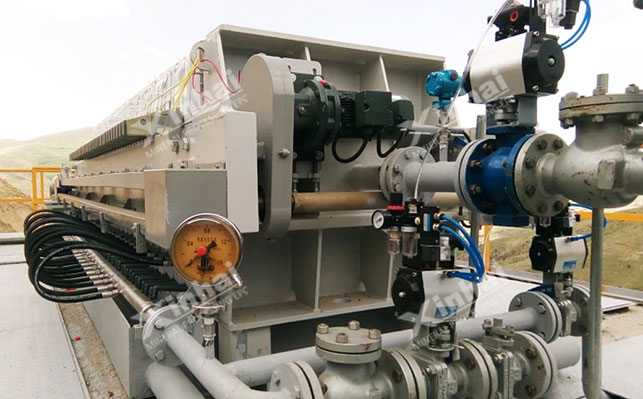The flotation process for lead-zinc ore accompanied with fluorite is a detailed procedure that involves several key steps:

Before lead-zinc beneficiation, the ore undergoes crushing and grinding to reduce its size. Crushing typically consists of two stages: coarse and fine, preparing the ore for flotation by increasing its surface area. Grinding further refines the particles to the micron level, making them suitable for flotation agents. Equipment such as jaw crushers and ball mills, particularly the durable and high-output PE series jaw crushers and Xinhai Mining's MQGg series ball mills, are essential for these initial processes.
Flotation is the core step in separating fluorite from lead-zinc ores. Effective reagent selection is crucial. Common flotation agents include sodium fluosilicate and sodium lauryl sulfate as collectors, sodium bicarbonate for pH adjustment, and sodium silicate and humic acid as inhibitors. These chemicals help distinguish between lead-zinc and fluorite minerals. The process generally includes roughing, scavenging, and cleaning phases, with middlings returned to optimize mineral separation.

Following flotation, it is necessary to separate lead-zinc minerals from fluorite completely. This involves manipulating the physical and chemical properties of the flotation pulp, such as adjusting the hydrophobicity with soda ash and sodium silicate, among other parameters, to enhance flotation efficiency.
To obtain high-grade fluorite concentrate, multiple cleaning and scavenging operations are performed to remove impurities. High-efficiency flotation machines, like the SF and JJF models from Xinhai Mining, play a significant role in this stage, known for their superior performance.
After flotation, the fluorite concentrate undergoes dewatering to facilitate storage and transportation. Thickeners and filters are used to reduce moisture content. Efficient dewatering equipment, such as pressure filters and hydrocyclones, is vital at this stage.

Throughout the flotation process, environmental protection and cost-effectiveness must be considered. Choosing energy-efficient equipment and optimizing processes can reduce energy consumption and environmental impact. Xinhai Mining's energy-saving ball mills and flotation cells are examples of equipment that maintain efficiency while saving energy.
Configuring and optimizing main equipment according to specific ore properties and production requirements is crucial. Selecting high-efficiency, energy-saving, environmentally friendly equipment that is reliable, maintainable, and interchangeable can lower repair costs and downtime, enhancing economic benefits.
In summary, the flotation process for lead-zinc ore accompanied by fluorite is a complex procedure involving crushing, grinding, flotation, separation, purification, and dewatering. Each step requires meticulous design and equipment selection. Xinhai Mining offers turnkey solutions, contributing to efficient and environmentally friendly beneficiation operations.